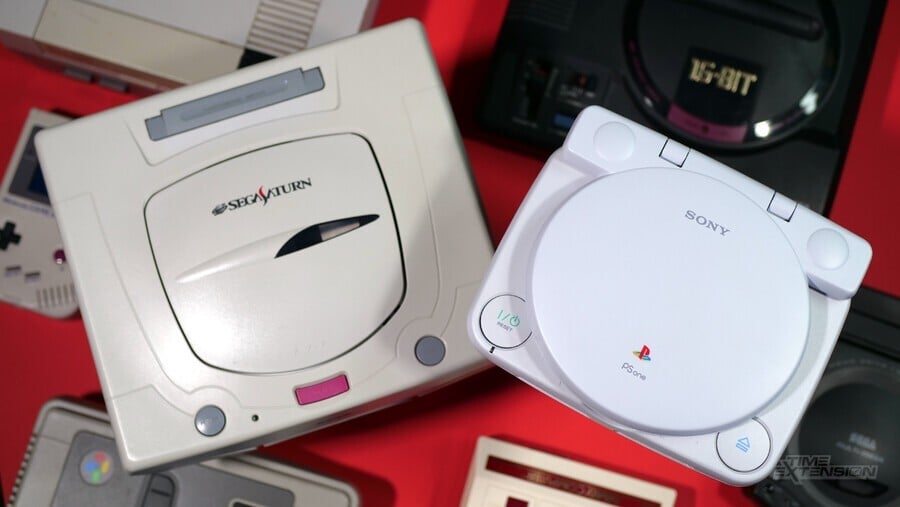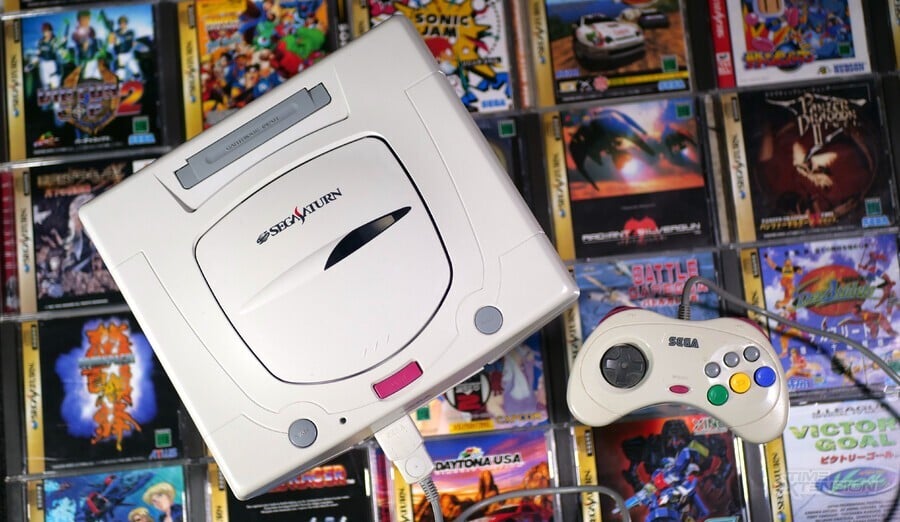
Sony might be a major player in the world of video games today, but once upon a time, the company struggled to get its foot in the door.
It supported the MSX platform in a big way, but that failed to have the impact that was expected and flopped in the face of competition from more established personal computer systems. Then it launched its Sony Imagesoft label, which published some half-decent efforts (Skyblazer, Solstice) but a lot of dross (Cliffhanger, Last Action Hero). Most famously of all, it was jilted by Nintendo when it came to producing the CD-ROM add-on for the SNES (a combined unit was also planned, which was the precursor to the Sony PlayStation).
As we all know, the PlayStation we eventually got in 1994 became wildly successful, establishing a gaming brand which, even to this day, dominates the interactive entertainment landscape. However, did you know that at one point, Sega and Sony discussed joining forces to create a 32-bit system that would take on the might of Nintendo, the world's leading maker of video game hardware at that point?
The origins of this proposed agreement came when Sony, via its ImageSoft video game publishing label, partnered with Sega to produce games for its consoles. Speaking to us as part of a brand-new and exclusive interview about his career in gaming, former President and CEO of Sega of America Tom Kalinske explains how it all got started:
The software relationship started between myself and Olaf Olafsson who was head of Sony Entertainment, and the agreement was to help them do software and literally teach them how to do software. So we literally did.
My head of R&D Joe Miller literally taught Sony engineers how to think about developing video game software and they ended up with a studio down in Santa Monica, and we sent people down there to work with them and the idea was to develop software for the Mega Drive/Genesis CD-ROM.
Nobody really knew how to do great CD-ROM development at the time, because it was a whole different format/different platform and there were little tricks to it. But anyway, that was the relationship we had and Sony agreed to do three titles and we were doing three titles that were going to be the first titles on the Sega CD. And we also worked with an outside company called Digital Pictures and we both worked with that outside provider as well, and that was the start of the Sony/Sega relationship.
The next logical step, according to Kalinske, was for Sega and Sony to partner up on hardware:
It was quite a good relationship and it worked pretty well, so when we started talking about what the next system should be like Olaf and I thought, let’s do one hardware system together. We’ll bear the risk and the cost of doing the new hardware system. It will be an optical system with a CD drive in it, but whoever does the best software will benefit from that revenue and that profit on the software – each company individually. So that was the deal and we talked about it, and Sony agreed to it in principle and Sega never agreed to it.
I think [Sega Enterprises Ltd. president Hayao] Nakayama’s comments were, ‘Why should we help Sony in that way? We’ll do our own system and they can do whatever they want.’ And so, that was that.
A reminder of this failed allegiance came recently when Rain Games' Ole Ivar Rudi dug up a Reddit AMA from a few years back which featured contributions from former Sega executives Tom Kalinske and Al Nilsen, who were both instrumental in the success of the Sega Genesis in North America.
Kalinske, who joined Sega in October 1990 and departed in September 1996, has cited the fumbled deal as one of the key reasons he left in an interview with Sega-16:
One of the key reasons why I left Sega is when we had the opportunity to work with Sony... Sega saidnot a chance. Why would it want to share a platform with Sony?
I thought [this] was the stupidest decision ever made in the history of business. And from that moment on, I didn’t feel they were capable of making the correct decisions in Japan any longer.
As it turns out, Kalinske wasn't the first to think of such an alliance. John Harrison of MD Shock cites a 2018 interview with former Sega head of R&D Hideki Sato, in which he explains that Isao Okawa, founder of CSK Holdings and chairman of Sega, mentioned to him the idea of partnering with Sony on new hardware. Harrison believes this conversion took place around the end of 1992, after Sony and Nintendo's deal had gone sour.
According to Sato:
Okawa had a close friendship with [Sony president] Norio Ohga. They met together, and Okawa said to Ohga, ‘We’re doing well, but we just can’t seem to beat Nintendo. How about Sega and Sony work together?’ The suggestion was then passed along to [Sega Enterprises Ltd. president] Nakayama.

Sato was having his own conversations with Sony, too:
I met with [PlayStation creator] Ken Kutaragi, my counterpart at Sony on the technical side, and we talked about various things. We discussed how we might proceed if we decided to partner up and that sort of thing.
A meeting between the two companies was arranged at the Sony reception hall in Shinagawa, with Sony bringing along Norio Ohga, Ken Kutaragi and Kutaragi’s boss, Tamotsu Iba. On the 'other side' was Sega Enterprises Ltd. president Hayao Nakayama, Sato, "and one other guy from IBM, who we were working with on a computer at the time," Sato explains. During the meal, Ohga dropped a bombshell: Sony had almost bought Sega from its previous owner Paramount a decade ago.
Sato recalls:
While eating, Ohga revealed to us that Paramount had almost sold Sega to Sony [in the early 80s]. It was the first time that I had ever heard of this, and I think the same was true for Nakayama. Sony was located in Shinagawa, and Sega was in Otorii, not too far away. When Sega entered the home consumer market [in 1983], Ohga became quite interested in the company. He himself said it: he was very interested. He was negotiating with a representative from Paramount to buy Sega, and they agreed that the next time the representative came to Japan, they would finalize the deal. However, on the flight back to America, the representative suffered a heart attack and died. He died, and the deal never came about. After that, Nakayama found a sponsor in Okawa and successfully negotiated with Paramount to buy Sega.
Understandably, the story didn't go down well with Nakayama. Sato, however, made light of the news while chatting with Kutaragi:
When I talked with Kutaragi, we discussed how even though he was in Shinagawa and I was in Ota, both companies started with ‘S’ and our shared enemy Nintendo was on the other side of Mt. Hakone, so maybe it would be OK if we worked together…
